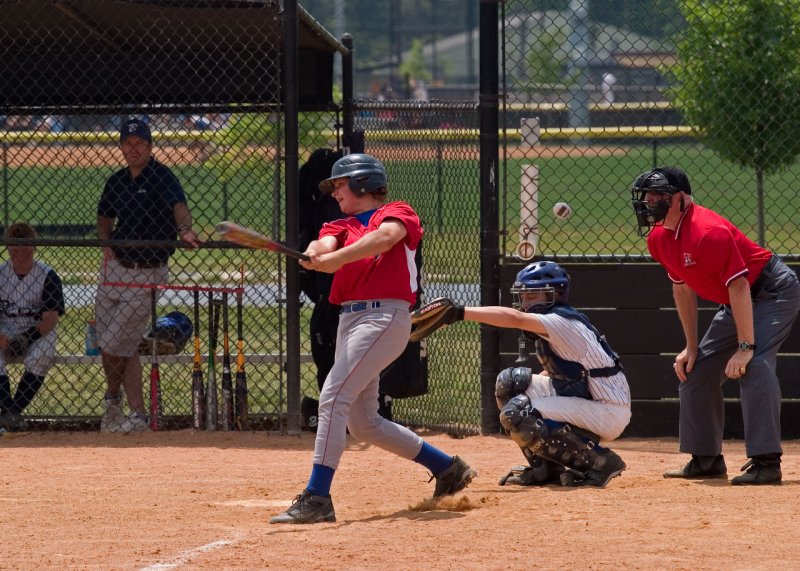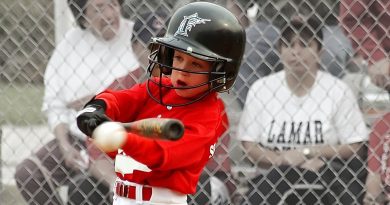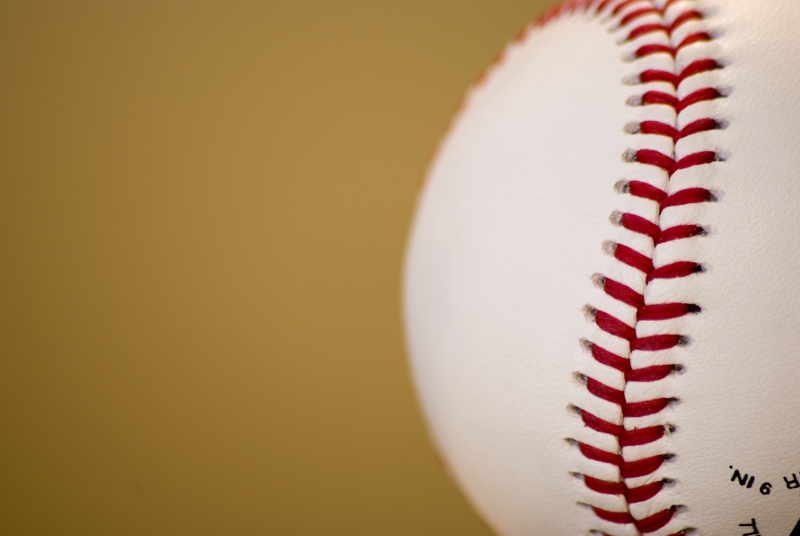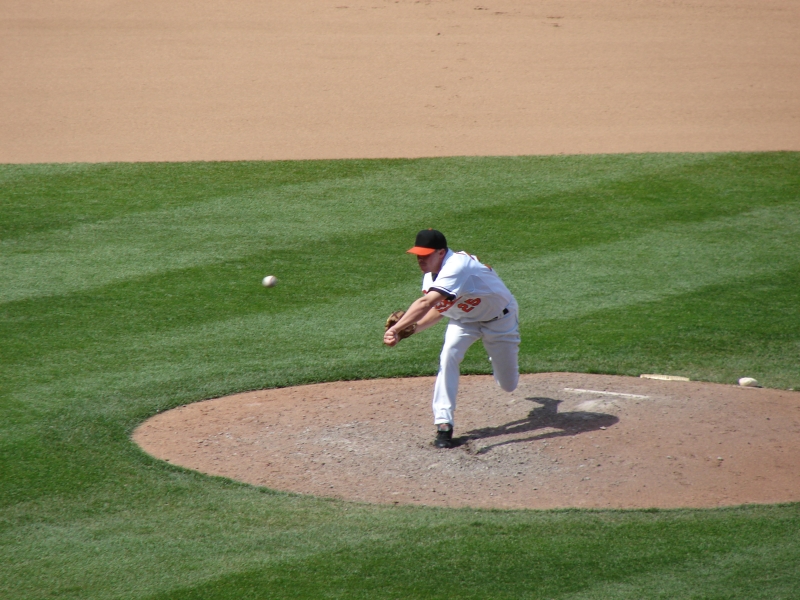Aggression
Running Bases, protecting the bag, pitching; what is the level of aggression players should utilize when playing baseball? Does it make sense for a 12u team to have a player round third when the catcher has the ball under control and then dig a bee line to knock the ball out of the catchers glove?
In psychology and other social and behavioral sciences, aggression refers to behavior that is intended to cause harm or pain.
However, it is important to understand what being appropriately aggressive baseball player means, because “being too aggressive’ is often a description indicating a problem player. To clarify a player was direct physical harm was obviously the intent? And could the objective served by the action could have been accomplished by methods less likely to harm another. – Harding
Each baseball player makes choices in the heat of the moment. What is important for coaches and parents is to guide these choices. Collisions are inevitable, but the degree to which the collision can be tempered can be taught.
What does this have to do with whether or not a player is too aggressive? At every level a player’s play is formed within the context of the game’s rules as exercised by parents, coaches and umpires. – Harding
Until baseball players reach the paid ranks (I consider college as a paid position) the focus should be that everyone there is to have some level of fun and everyone deserves to be able to walk away from the game without injuries inflicted by others.
Aggression is not limited to the field of play and the actions therein. From the bench, foul language, attempts to intimidate or mocking are all initiating forms of aggression. It may appear on the surface as a benign taunting, but where does it end? If a player successfully taunts opponents without recourse, they will take the next step.
As humans we are hardwired for certain behaviors. Culture is a distinctly human factor that plays a role in aggression. Anthropological research has found that some cultures are relatively low on aggression while others are seemingly high. If allowed to continue unchecked, the culture of baseball runs the risks of aggressive contact as a prerequisite to success.
Environmental factors can trigger more aggressive behavior. Heat, is the predominate environmental event that leads to aggression. Biologically were prefer certain levels of comfort. When weather swings beyond our preferred levels, humans get edgy.
Add the stress of competitive activity and being on the winning or losing side and aggression can flair. Much like a flame to dry tinder, the smallest spark can set the whole enterprise a blaze.
Aggression can be either physical or verbal, and behavior is classified as aggression even if it does not actually succeed in causing harm or pain. Behavior that accidentally causes harm or pain is not aggression.
Left un checked, aggression initiated by one will likely be repaid in kind or a little more, which will then be repaid; a accelerating cycle that can lead to all out violence. Clearing the bench for a team fight is a sorry day for both teams.
As parents and coaches, it is up to us to teach our players what is acceptable aggression. It makes no sense for a 12u team to have a player round third when the catcher has the ball under control and then dig a bee line to knock the ball out of the catchers glove. Here the decision should be to get caught between third and home and force the defense to complete a successful pickle.
Baseball players need to be aggressive in many areas. Fielding, Hitting and base running require active aggressive actions to complete the desired result. When actions involve other players, this aggressiveness needs to be age appropriate, or at least skill appropriate. What is acceptable for a competitive travel 12u team, may not be acceptable for a 12u recreation team.




